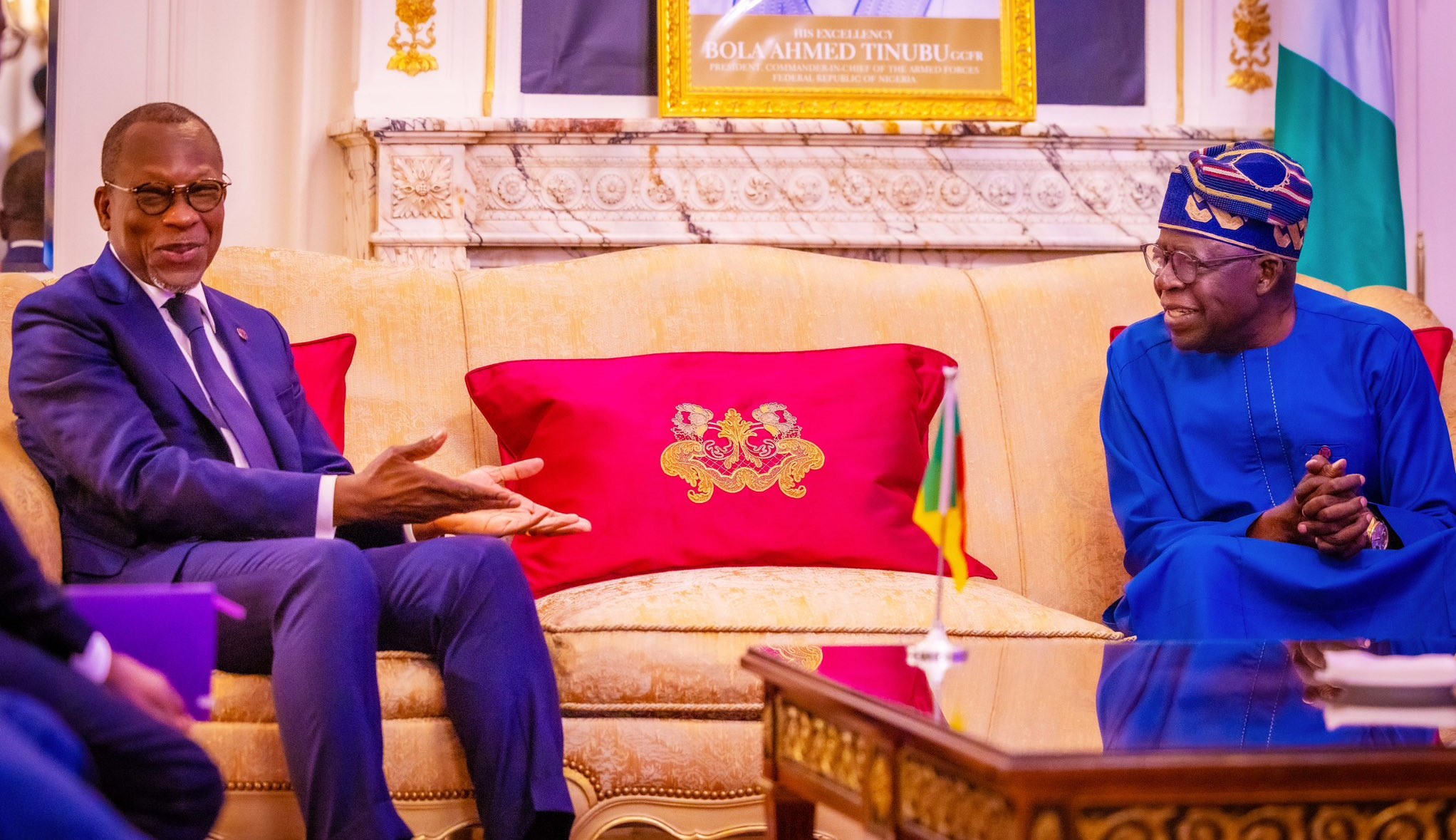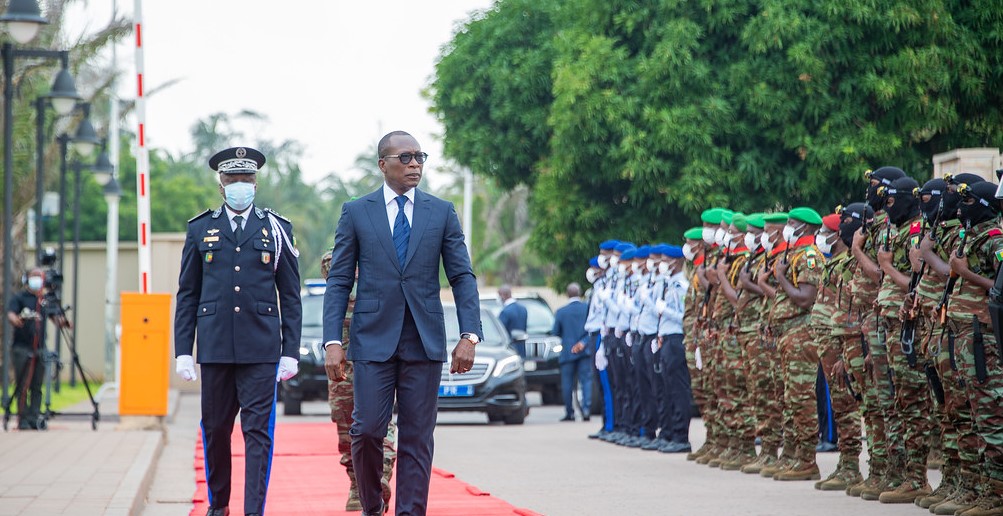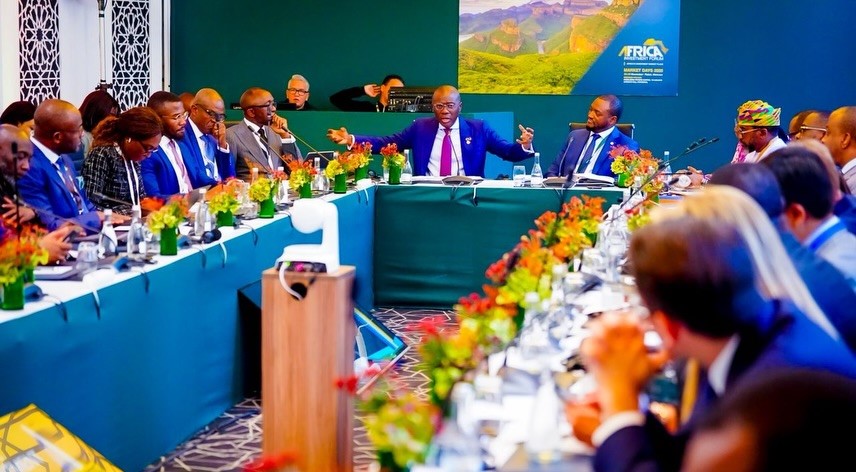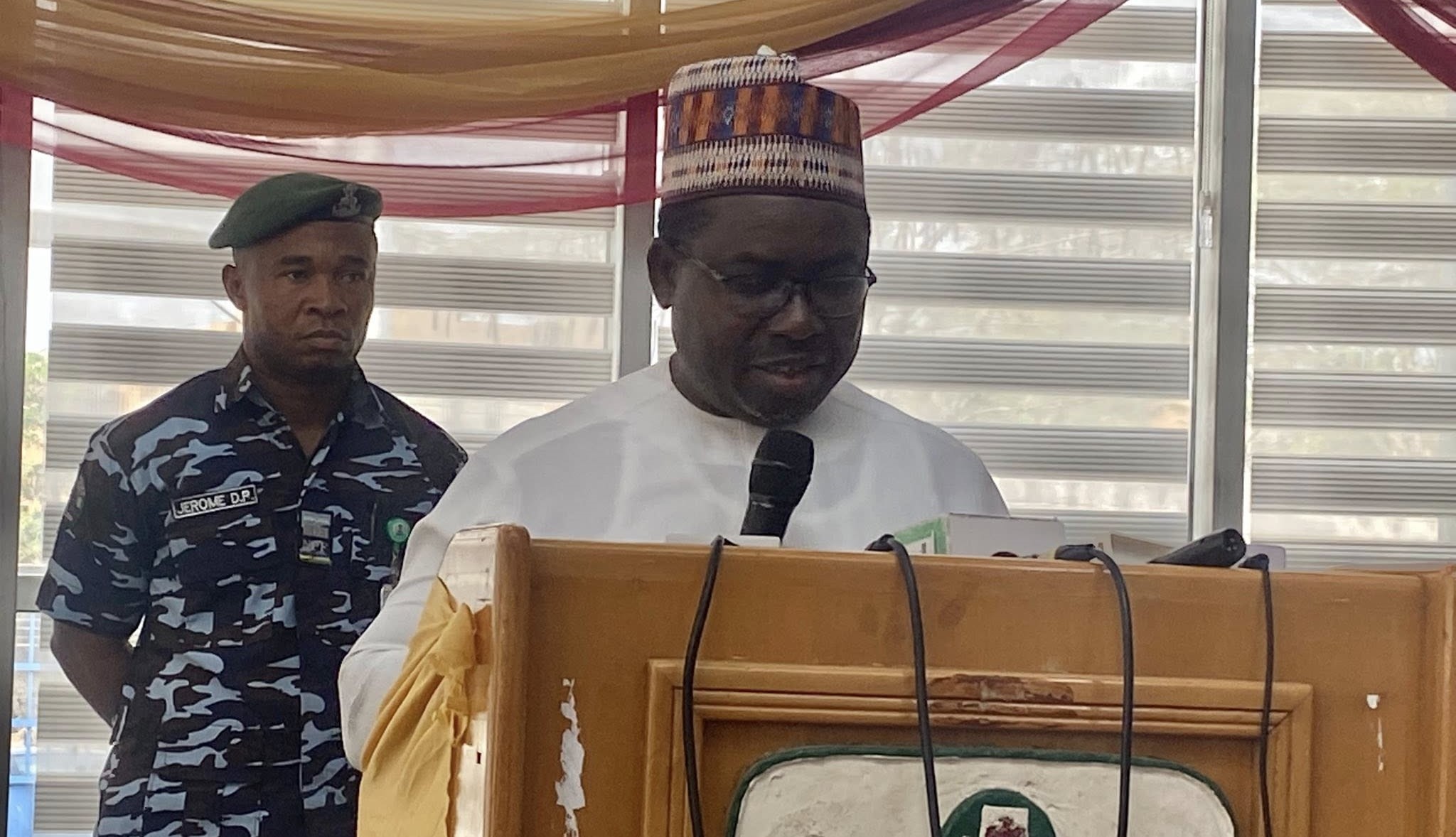

Nigeria's Internally Displaced Persons: A Look beyond Aid
By sameedha MAHAJAN
 Internally Displaced Persons (Photo Credit: Premium Times)
Internally Displaced Persons (Photo Credit: Premium Times)
Nigeria faces a severe displacement crisis driven by conflict, economic instability, and environmental challenges. Violence from Boko Haram, farmer-herder clashes, and banditry have forced millions from their homes, while floods and desertification worsen displacement.
Rapid urban migration has led to overcrowded informal settlements in cities like Lagos and Abuja. To address this, Nigeria needs sustainable, community-driven housing solutions that ensure both stability and economic self-sufficiency.
In the face of prolonged displacement, traditional aid models often fall short in fostering long- term resilience. Recognising this gap, architect and urban researcher, Sameedha Mahajan has developed a groundbreaking approach that shifts the paradigm from aid dependency to self-governance. Her Community Kits initiative introduces a people-centric model that empowers displaced communities by promoting resource-sharing, economic independence, and social cohesion.
Sameedha’s design unfolds through three key interventions: Community Kits, which equip families with essential tools to encourage communal collaboration; Women’s Courtyards, safe communal spaces supporting skill-building and financial empowerment; and the Community School, a modular learning and working environment designed to provide vocational training and employment opportunities.
This research creates a framework for self-sufficiency, particularly enabling women to reclaim agency over their lives and integrate into society with dignity.
Community Kits: A Self-Governance Model
Traditional rehabilitation models in Nigeria have often depended on prolonged external aid, fostering a cycle of dependency. This design empowers displaced populations to take control of their own development, reducing reliance on government or NGO assistance. In Nigeria, where conflict, environmental disasters, and economic instability have displaced millions, enabling self-sufficiency at the community level can foster long-term stability and integration.
Building upon existing aid infrastructure from organisations like the UNHCR, this proposal introduces the Community Kit, a basic set of materials provided to each displaced family. These kits, accessible only through collective participation among women, contain shared resources such as solar cookers, sewing machines, and farming tools. By collaborating, women can use these resources to establish small businesses, cultivate food, and share household responsibilities. This approach promotes economic self-sufficiency while strengthening social ties within the community.
Beyond providing resources, the design redefines how displaced communities interact with space, time, and skills. A pictorial guide, developed as part of her research, illustrates how to use the Community Kit, enabling displaced families to adapt tools to their needs without relying on architects or external aid.
Women’s Courtyards Displacement disproportionately affects women and children, making it crucial to create safe, communal spaces. The proposal includes Women’s Courtyards, designed as secure environments where women can engage in skill-building, childcare, and economic activities.
Drawing inspiration from traditional spatial relationships in informal settlements, this intervention fosters financial independence, particularly in sectors like handicrafts, textiles, and sustainable farming.
This design is structured around two key components
- The Individual Dwelling Unit & Communal Networks – By encouraging families to share their Community Kits, the proposal fosters communal spaces for women, shifting domestic activities like cooking and childcare into shared courtyards.
- The Community School – Expanding on these shared spaces, the design introduces structured environments for skill-building and income generation, helping displaced individuals transition from survival to stability.
As families collaborate using the Community Kit, they naturally create courtyards between shelters, transforming these areas into vibrant hubs of daily activity. Women can engage in collective cooking, gardening, and childcare, reducing domestic burdens and freeing up time for economic participation. By moving essential functions outdoors, the shelters become more livable, improving overall well-being and resilience for displaced Nigerian families.
The Community School
For displaced individuals in Nigeria, access to education and vocational training is critical for rebuilding their lives. The design culminates in the Community School, a modular, adaptable space providing both education and employment opportunities.
Developed in partnership with organisations like UN Women and local women-led community centers, these pop-up schools offer access to formal education, skill training, and pathways to economic empowerment. This initiative builds upon the Women’s Courtyards, creating a larger, more structured environment for learning and entrepreneurship.
A key aspect of the design is its flexibility—the Community School can be adapted for various needs, featuring a mix of enclosed classrooms, open-air workshops, and semi-sheltered spaces. Whether used for digital skills training, sustainable agriculture, or small scale production, the space supports a dynamic, self sufficient model that empowers displaced individuals to regain control over their futures.
By shifting displaced individuals from passive aid recipients to active participants in their own development, the proposal presents a bold vision for humanitarian architecture in Nigeria. Her work challenges conventional aid structures, advocating for resilience, empowerment, and community-led solutions.
Socio-Economic, Political, and Environmental Relevance
Nigeria’s displacement crisis, driven by conflict, economic hardship, and climate change, demands sustainable solutions beyond temporary aid.
Conflict and Housing Pressure: Overcrowded IDP camps lack sanitation, education, and employment. Community-driven housing with integrated economic opportunities can ease urban strain.
Climate Resilience: Floods, desertification, and erosion force migration. Nigeria needs region-specific, climate resilient housing with sustainable materials and water management.
Urban Integration and Jobs: Informal settlements lack basic services. Embedding vocational training in rehabilitation efforts can help displaced populations enter the workforce.
Policy Gaps: Slow resettlement and legal barriers hinder progress. Bottom-up, community-led initiatives can complement national policies for effective rehabilitation.
Social Cohesion: Ethnic and religious tensions rise with displacement. Self-sufficient, participatory housing models foster stability and cooperation.
Conclusion
Nigeria is at a critical juncture in addressing its displacement crisis. The traditional approach of temporary shelters and emergency aid programs is proving inadequate paradigm shift toward sustainable, people-centric design is essential. This vision, championed by this writer, emphasises frameworks like the Community Kit Initiative, which enables housing solutions that are not only humane and functional but also self-sufficient and empowering.
By integrating the Community Kit Initiative and Community Schools, the design approach offers a pathway toward long-term resilience – reducing dependency on state aid while fostering economic independence and social stability. Policymakers, urban planners, and humanitarian organisations must rethink displacement housing - not as a temporary fix but as a foundation for a more inclusive and resilient future.
Sameedha Mahajan is an Architect and Urban Researcher











Comments
Be the first to comment on this post
Leave a Reply